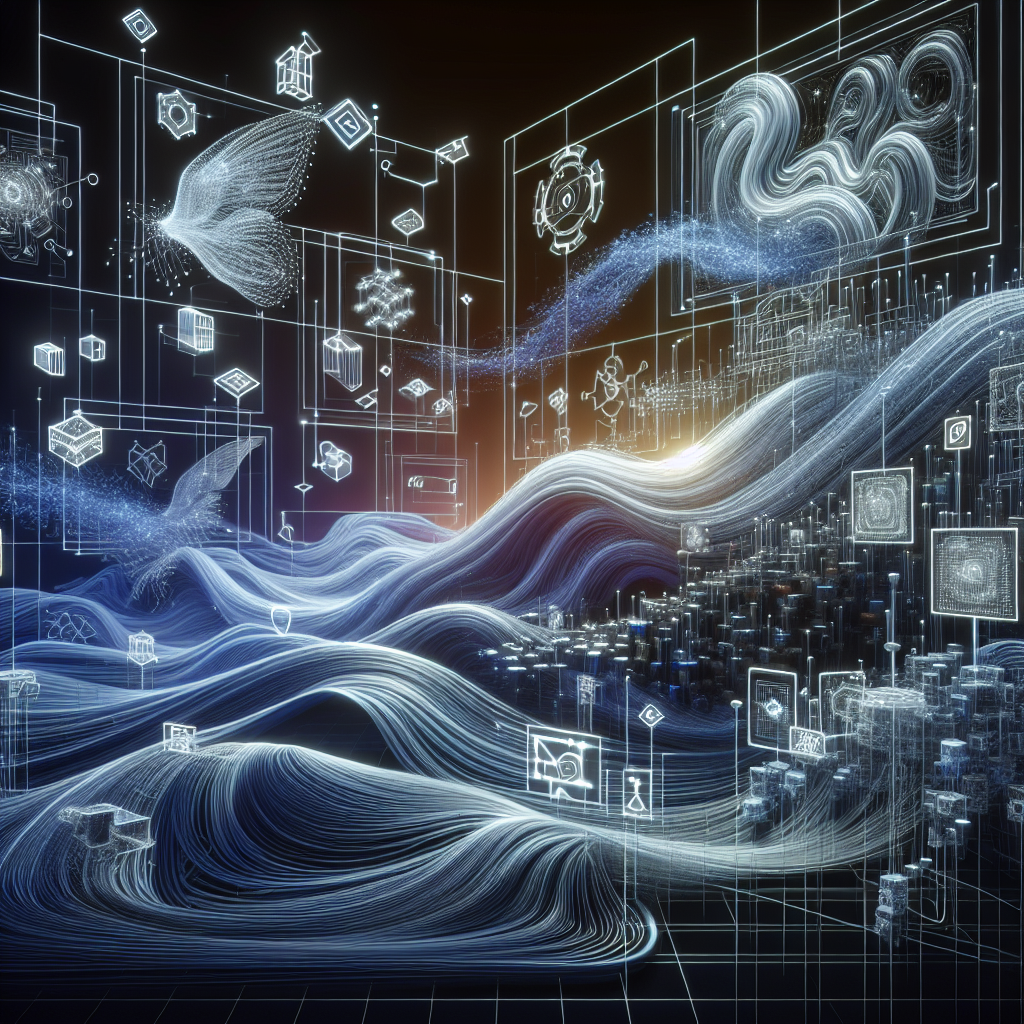Have you ever heard of digital twins? These virtual replicas of physical systems are created using simulation technology to model and predict the behavior of complex systems. While digital twins have revolutionized industries such as manufacturing, healthcare, and transportation, they also come with their own set of challenges and limitations.
One of the main challenges of using digital twins in complex systems is the accuracy of the models. Creating a digital twin that accurately represents a physical system can be difficult, especially when dealing with dynamic and unpredictable environments. The level of detail required for an accurate model can also be time-consuming and costly to develop.
Another limitation of digital twins is their scalability. While they are incredibly powerful tools for modeling individual components or processes within a system, integrating multiple digital twins to create a holistic view of a complex system can be challenging. This lack of integration can limit the overall effectiveness of using digital twins in large-scale applications.
Despite these challenges and limitations, digital twins still offer immense potential for improving efficiency, reducing costs, and optimizing performance in complex systems. By continuously refining and updating models based on real-time data, organizations can gain valuable insights into their operations and make informed decisions to drive innovation.
In conclusion, while there are challenges and limitations to using digital twins in complex systems, the benefits far outweigh the drawbacks. With advancements in technology and increased collaboration among industry experts, we can expect to see even greater utilization of digital twins in the future.

Leave a Reply